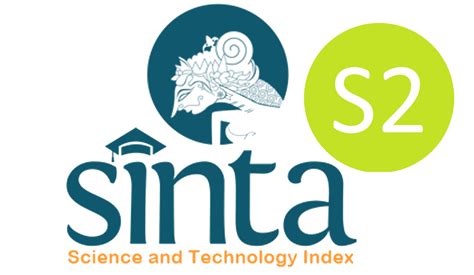Jurnal Pendidikan Geografi: Kajian, Teori, dan Praktek dalam Bidang Pendidikan dan Ilmu Geografi
Abstract
In remote sensing spatial data analysis, various methods are used to understand and evaluate the information obtained. The approach used so far is remote sensing visual analysis which offers various advantages compared to other methods. Visual analysis utilizes visualization techniques to facilitate the identification and interpolation of highly complex patterns of presented spatial data. The main advantage of this analysis is that it presents information that is easy to understand with an approach to spatial data interpretation elements. Another advantage of visual analysis is that it presents intuitive data that allows it to be analyzed quickly, observing relationships and changes in the data. This contrasts with numerical analysis, which produces outputs like tables and numbers requiring more complex analysis. In addition, visual analysis can also improve the detection of anomalies and missed patterns when using a number-based or formula-based approach. This study aims to examine visual analysis for more complex land use extraction using the interpretation elements used. From the results of the study, it can be concluded that simple visual analysis can provide information that is very complex, easy to understand, and in harmony with the quality of spatial data.
First Page
102
Last Page
115
Recommended Citation
Hidayati, Iswari Nur; Suharyadi, R; Pratama, Andhika Wisnu; and Herdiansyah, Herdiansyah
(2025)
"The role of visual analytics in remote sensing spatial data interpretation,"
Jurnal Pendidikan Geografi: Kajian, Teori, dan Praktek dalam Bidang Pendidikan dan Ilmu Geografi: Vol. 30:
No.
1, Article 7.
DOI: https://doi.org/10.17977/2527-628X.1180
Available at:
https://citeus.um.ac.id/jpg/vol30/iss1/7
Included in
Geographic Information Sciences Commons, Human Geography Commons, Other Geography Commons, Physical and Environmental Geography Commons, Spatial Science Commons




